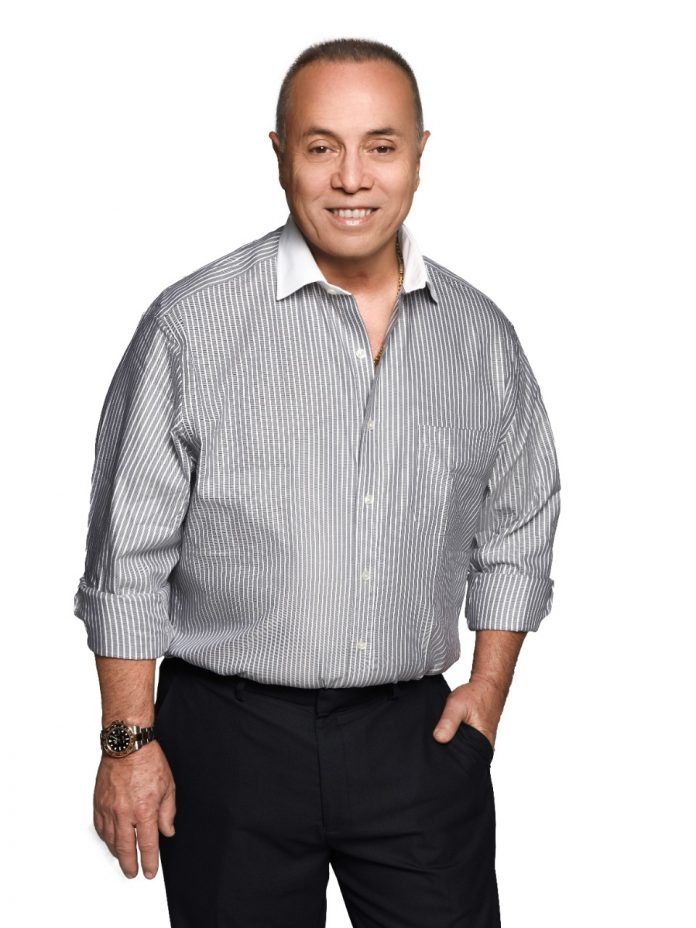The impact of COVID-19 on cosmetic surgery has been an unusual one, though the initial challenges faced by the field were largely similar to those seen in other industries. Government regulations and decreased demand due to safety concerns virtually paused all activity, with the American Society of Plastic Surgeons (ASPS) reporting that elective cosmetic procedures stopped for an average of 8.1 weeks in 2020. Like others, the business has only started to bounce back in 2021 as the world slowly recovers from the pandemic.
One unexpected trend, however, is that the pandemic has also driven a steep rise in demand for specific cosmetic procedures. The so-called “Zoom Boom,” linked to people staring at video feeds of themselves on-screen for hours a day, has drummed up a wave of interest in facial procedures like Botox, lip-plumping, and face-lifts, as documented by the ASPS. As days of frequent video calls become a lasting new normal, the Economist has forecasted these trends in cosmetic surgery to continue into 2021 and beyond.
Double board certified general and plastic surgeon Dr. Mel Thomas Ortega is one of the few practitioners who has been through the highs and lows of COVID-19. With over 30 years of experience and having observed many of the field’s developments, the pandemic remains by far the largest disruption, driving changes in many aspects of the practice.
“The COVID-19 pandemic has affected the way we practice, with greater caution in our behavior both in the OR and in our general practice,” says Dr. Ortega. To maintain a comfortable barrier of safety, his practices at Spectrum Aesthetics and iBody Aesthetics in Miami, Florida conduct extensive testing and screening of potential patients. Face-to-face consultation is also avoided, with telemedicine and internet-based consultations for evaluation and recommendation of treatments being another important adaptation to COVID-19.
Such modifications have made it particularly difficult for doctors like Dr. Mel Ortega, who has built much of his career on a commitment to patient care and a focus on fostering an open and trusting relationship with his patients. Another particular challenge is maintaining his trademark bedside manner in spite of the face masks and social distancing. Dr. Ortega believes that the doctor-patient relationship is central to getting the best possible results in cosmetic surgery, and is something he tries hard to sustain in spite of the current challenges.
Dr. Mel Thomas Ortega is hopeful that the pandemic and its negative impacts on cosmetic surgery will continue to wane as both the industry and the patients learn to adapt. These days, he is again frequently seen in the OR and is booked for procedures months in advance. Due consideration must be made, of course, for extra safety precautions like testing and screening as demanded by the pandemic.
Through his work in surgery, teaching, and research, Dr. Mel Thomas Ortega continues his pursuit of cosmetic surgery innovation while remaining ready to adapt to any other shifts the pandemic may bring. Despite these many additional challenges, Dr. Ortega sees his mission as one that is virtually unchanged both from before and after the pandemic: safe, reliable cosmetic surgery that helps his patients achieve happier, healthier lives.

